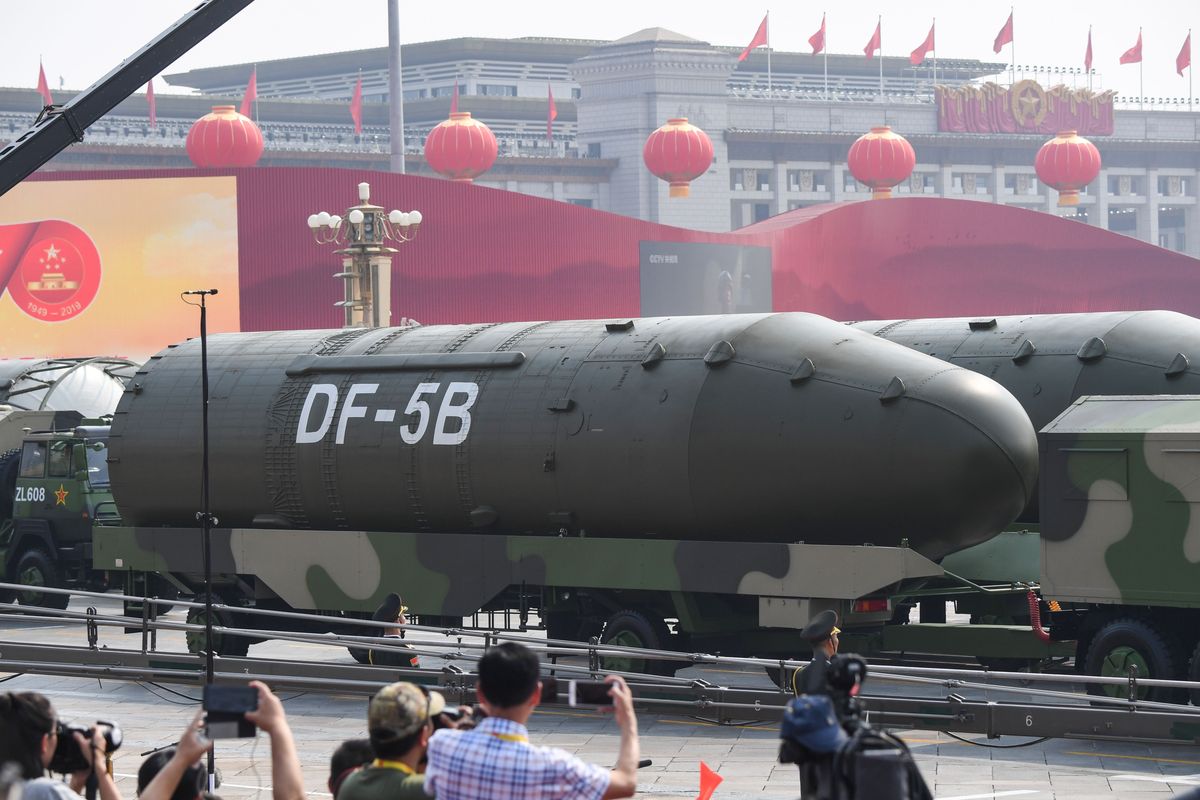China’s rise has exerted a well-documented economic impact in Latin America. South American economists worry about the loss of value-adding industries as raw materials like iron ore, copper, oil, and soybeans come to dominate their exports to China (currently more than 90 percent). The region’s economies, say the critics, are overexposed not only to the volatility of commodity prices, but also to de-industrialization, since high exchange rates fueled by resource exports between 2010 and 2014 undermined the competitiveness of national manufacturers.
If South American observers are alarmed by these developments, their counterparts in Central America and the Caribbean are petrified. From the Panama Canal’s industrial zone to the maquila factories of Northern Mexico, Latin American manufacturers are unable to contend with Chinese competition. Worse still, they have neither the mines nor farmland of their Southern neighbors to service China’s voracious appetite for commodities.
It is in this highly charged context that Chinese diaspora communities have emerged as important actors on the ground. In some cases, they represent a source of hope through their promotion of exports to China and efforts to attract Chinese investment into value-adding sectors. In others, they are criticized for their role in importing cheap wholesale goods from China and fueling the expansion of Latin America’s entrenched informal economies. As mainland Chinese enterprises reach out to global markets and diasporas, Latin American governments are hard pressed to ensure that resulting exchanges conform to official rules and regulations.
Cuba and Mexico sit at opposite ends of the spectrum in terms of economic openness and political ideology, and therefore provide useful insights into the creation of policies to harness the connective capacities of overseas Chinese communities. A combination of downward coercion and upward nationalism continues to maintain the Cuban state’s firm grip on civic and economic administration. By contrast, three decades of privatization in Mexico have eliminated nearly all forms of state intervention. China’s growing impact, including the bourgeoning influence of resident Chinese communities, has exposed problems with both approaches.
According to United Nations data, China is Cuba’s second largest trading partner after Venezuela, with bilateral trade reaching $1.39 billion in 2014, one-third of which consisted of Cuban exports. Cuban politicians and administrators have largely overlooked their nation’s Chinese community for decades—some would say since the mid-19th century. Despite the nationalization of Chinese businesses under Cuba’s socialist government in the 1960s and ensuing political tensions between Beijing and Havana, Chinese ethnic associations remained active below the surface. The social solidarity that underpinned the survival of Cuba’s Chinese diaspora through the “Coolie” trade in the late 19th century, kept the community intact—albeit subdued—through the Cold War. The demise of the Soviet Union and concurrent strengthening of Sino-Cuban relations engendered more favorable conditions for the island’s Chinese diaspora.
As visiting Chinese diplomats and businesspeople forge new ties with Havana’s Chinese diaspora, particularly its enthusiastic descendant population, the Cuban government has had to accommodate local demands for resources or risk being bypassed. The renaissance of Havana’s Chinatown is an explicit policy goal of the Cuban government for revitalizing urban infrastructure and attracting foreign tourism. Today, Havana’s Chinese associations host international conferences, provide visiting Chinese officials with trade and investment intelligence, and operate some of Cuba’s largest and best quality restaurants.
China is also Mexico’s second largest trading partner (after the United States): trade reached $72.24 billion in 2014, but only $5.98 billion of this flowed in Mexico’s favor. Mexico’s government has been slower to act, but it too is beginning to engage with its Chinese residents. It is doing so for necessity rather than choice: engagement offers the best hope for containing unregulated trade in goods and services. Mexican politicians view China and its diaspora through a different ideological lens than their Cuban counterparts. Mexico has been unable to compete with China’s industrial output in the free market system that its leaders have endorsed since the 1980s, and the nation’s Chinese community has shouldered much of the blame.
While networks of illegal trade clearly operate between China and Mexico, official efforts to confront this phenomenon have relied on police suppression rather than social engagement. More effective approaches have nevertheless begun to emerge in the northern state of Baja California, where local authorities have taken steps to incorporate Chinese networks into regulated street markets and cultural activities. With government support, the Chamber of Chinese Enterprises of the Northwest has convoked some four thousand Chinese businesspeople living in the states of Baja California, Sonora, Coahuila, and Chihuahua. The Chamber has begun to research the placement of Mexican products in the Chinese market and work with Chinese investors seeking opportunities in Mexican copper mining, and the development of renewable energy and aerospace technologies.
For a century and a half, Chinese communities in Cuba, Mexico, and elsewhere in Latin America have drawn on informal connections, personal determination, and interpersonal trust to sustain connections with their motherland. These relationships have deepened in the 21st century, joining together people on opposite sides of the Pacific. An important task facing Latin American societies in the Asian Century is to develop locally sensitive policies that encourage Chinese communities to exercise entrepreneurship in the service of official trade and engagement programs. This is the case for state-led societies such as Cuba, market-oriented economies such as Mexico, and others who sit somewhere between. There is a need across Latin America to recognize the historical and contemporary pressures driving the formation of social solidarity in Chinese networks, and to transform this potential threat into a competitive advantage.












